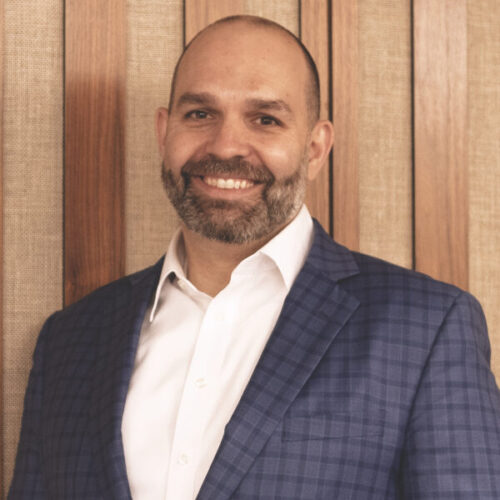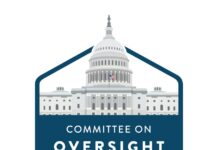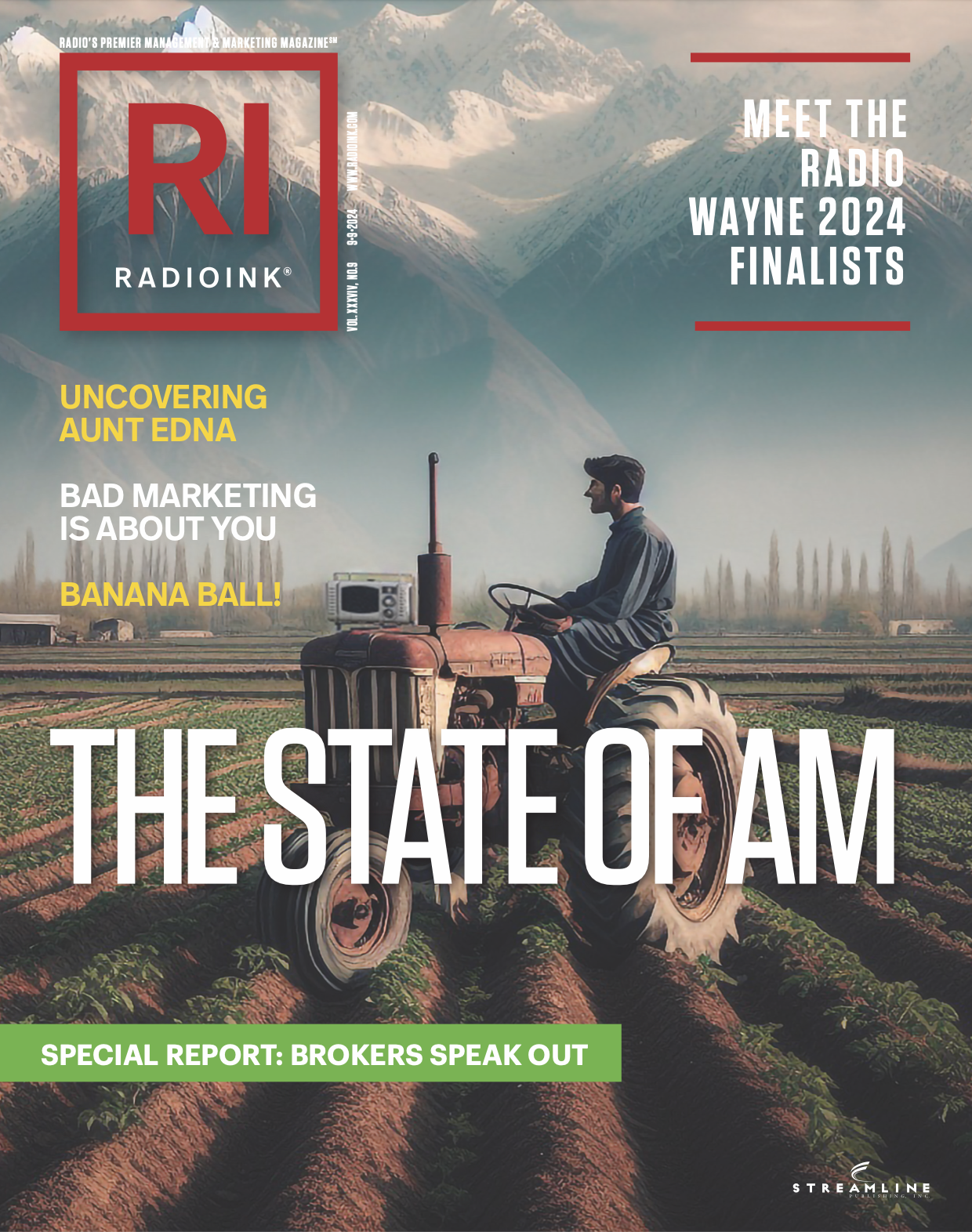
As efforts to impose a new performance royalty on local radio rise again, NAB President and CEO Curtis LeGeyt is set to testify before the US House Judiciary Subcommittee on Courts, Intellectual Property, and the Internet this afternoon.
LeGeyt will discuss the vital role of broadcast radio and advocate for the current copyright framework that supports both musicians and the public. He will argue against the American Music Fairness Act, which could financially strain free, local radio stations, especially in the face of unregulated global digital competitors who use consumer subscriptions to cover their royalty expenses and press profits.
Besides entertainment, radio also offers something digital competitors do not: emergency information and community engagement at the Main Street level.
In an advance copy of LeGeyt’s comments given to Radio Ink, he references a 2022 op-ed published by Radio Ink from Bustos Media President and CEO Amador Bustos on how, “Broadcast radio continues to drive music discovery for both new musicians and legacy
artists.”
Bustos wrote, “Broadcast radio, in general, and ethnic radio in particular, continues to be a significant driver of music discovery, shining the spotlight on new musicians and helping legacy artists sustain their careers. Yet, under this proposed performance fee, up-and-coming artists would suffer, while the bigger and already well-established artists, and their multinational record labels, would greatly benefit. To avoid paying higher fees, radio stations would focus their airplay on the most popular performing artists to attempt to draw a larger audience at minimal cost.”
Radio One Cleveland Regional Vice President and General Manager Eddie Harrell Jr., recording artist Randy Travis, and SoundExchange CEO Michael Huppe are also scheduled to testify.
The Local Radio Freedom Act, which strongly opposes the introduction of new performance royalties for AM/FM radio stations, has garnered major bipartisan support in the US House of Representatives, achieving a simple majority with 225 cosponsors.
Initially sponsored in the House by Representatives Steve Womack (AR-3) and Kathy Castor (FL-14), and in the Senate by Senators Maggie Hassan (D-NH) and John Barrasso (R-WY), the LRFA’s growing support contrasts sharply with the dwindling backing for the AMFA.
With AMFA unlikely to pass in the current Congressional session, the musicFIRST Coalition and the Future of Music Coalition took their pleas to the FCC. In a June filing for the FCC’s 2024 Communications Marketplace Report, they advocate for the FCC to push legislators for a performance royalty system for AM/FM stations.







The key thing to note is that broadcast radio is not a digital streaming service. The recording industry gets paid by AM/FM radio when their signals are streamed. The reason for that is because they are digital services. Broadcast radio isn’t digital. The FCC is committed to retaining it as an analog service available free for everyone. The only way to do that is to keep the royalty laws the way they are, and not add a new royalty cost to radio.
The music industry says it’s just a minimal fee. That’s what they said about the digital royalty when it began 25 years ago. Since then, they’ve raised the fee every three years. After a while, that becomes real money. The same will happen here.
This could force many music radio stations to flip to a News/Talk format, consisting of mainly syndicated shows that are based mostly out of New York, or even worse, to shut down completely. It would also force thousands of hometown radio employees out of work and could very well spell the end of such popular music apps as iHeart Radio. This could even pave the way for shock talkers such as Howard Stern to return to broadcast radio.